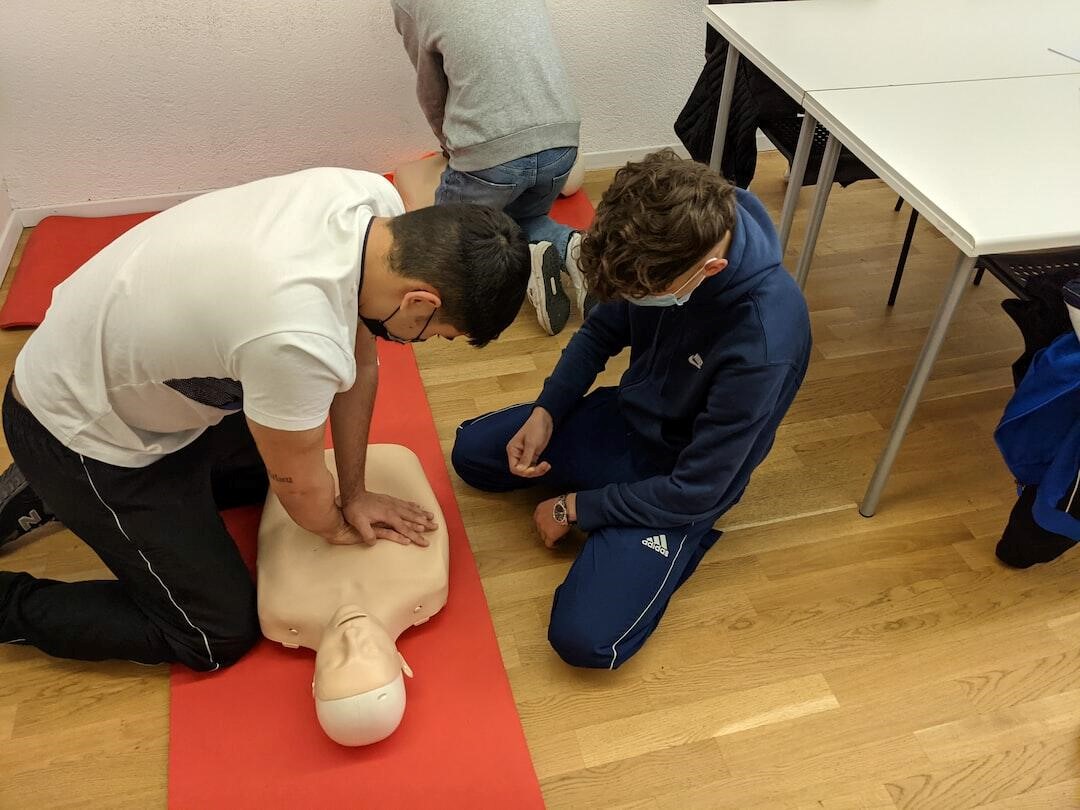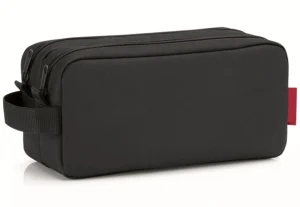A Guide to CPR Renewal: What to Expect and How to Prepare

Cardiopulmonary resuscitation (CPR) is a vital technique used in emergencies to save lives when someone stops breathing or their heart stops. It includes chest compressions and rescue breaths to keep blood flowing until medical help arrives.
Did you know that nearly 350,000 cardiac arrests happen outside hospitals in the U.S. each year? That’s why it’s important to know CPR. However, CPR certification expires after about two years, so staying updated is key.
In this guide, we’ll walk you through what to expect in a CPR renewal course and how to get ready for it.
Types of CPR Renewal Courses
There are various types of CPR renewal courses available, each focusing on a specific age group or profession. These include:
Basic Life Support (BLS)
This course is for healthcare professionals, such as doctors, nurses, and paramedics. It covers CPR techniques for adults, children, and infants.
Heartsaver
This course is for non-healthcare professionals who may need to perform CPR in an emergency, such as teachers or childcare providers. It covers CPR for adults and children only.
Pediatric Advanced Life Support (PALS)
This course is for healthcare providers who work with critically ill or injured children. It includes advanced pediatric life support techniques in addition to basic CPR skills.
Pet CPR
Yes, there’s even CPR for pets! This course is for anyone who owns or works with animals and may need to perform CPR on a pet in an emergency. Learn more about pet CPR certification and how to get one.
What to Expect in a CPR Renewal Course
Generally, a CPR renewal course will consist of:
- A review of the basics
- Hands-on practice
- Skills evaluation
- Written exam
The course lasts 2-4 hours, depending on the type and provider. During the review, you’ll learn how to recognize an emergency, check for responsiveness, and perform chest compressions and rescue breaths.
In the hands-on practice, you’ll refresh your skills on manikins and run through scenarios with a partner. The skills evaluation will check if you can do CPR correctly. Lastly, the written exam will test your knowledge of the course material.
How to Prepare for a CPR Renewal Course
To make sure you’re fully prepared for your CPR certification renewal course, here are some tips:
Review CPR Guidelines
Before attending the CPR training course, review the latest CPR guidelines from organizations such as the American Heart Association or the Red Cross. These guidelines are updated regularly, so it’s important to be familiar with any changes.
Watch Online Demonstrations
You can find many online videos demonstrating proper CPR techniques. Watching these beforehand can help you feel more confident and prepared for the hands-on practice during the course.
Bring Necessary Materials
Most providers will require you to bring your CPR certification card and a form of identification. It’s also a good idea to bring a notebook and pen to take notes during the review portion of the course.
Get Your CPR Renewal Certificate Now!
CPR renewal is important for anyone who has done a CPR course before. By following these tips and knowing what to expect, you can feel ready and confident for your renewal course. Remember, being certified in CPR could save a life. So don’t wait – renew your CPR certification today!
Is this article helpful? Keep reading our blog for more.






